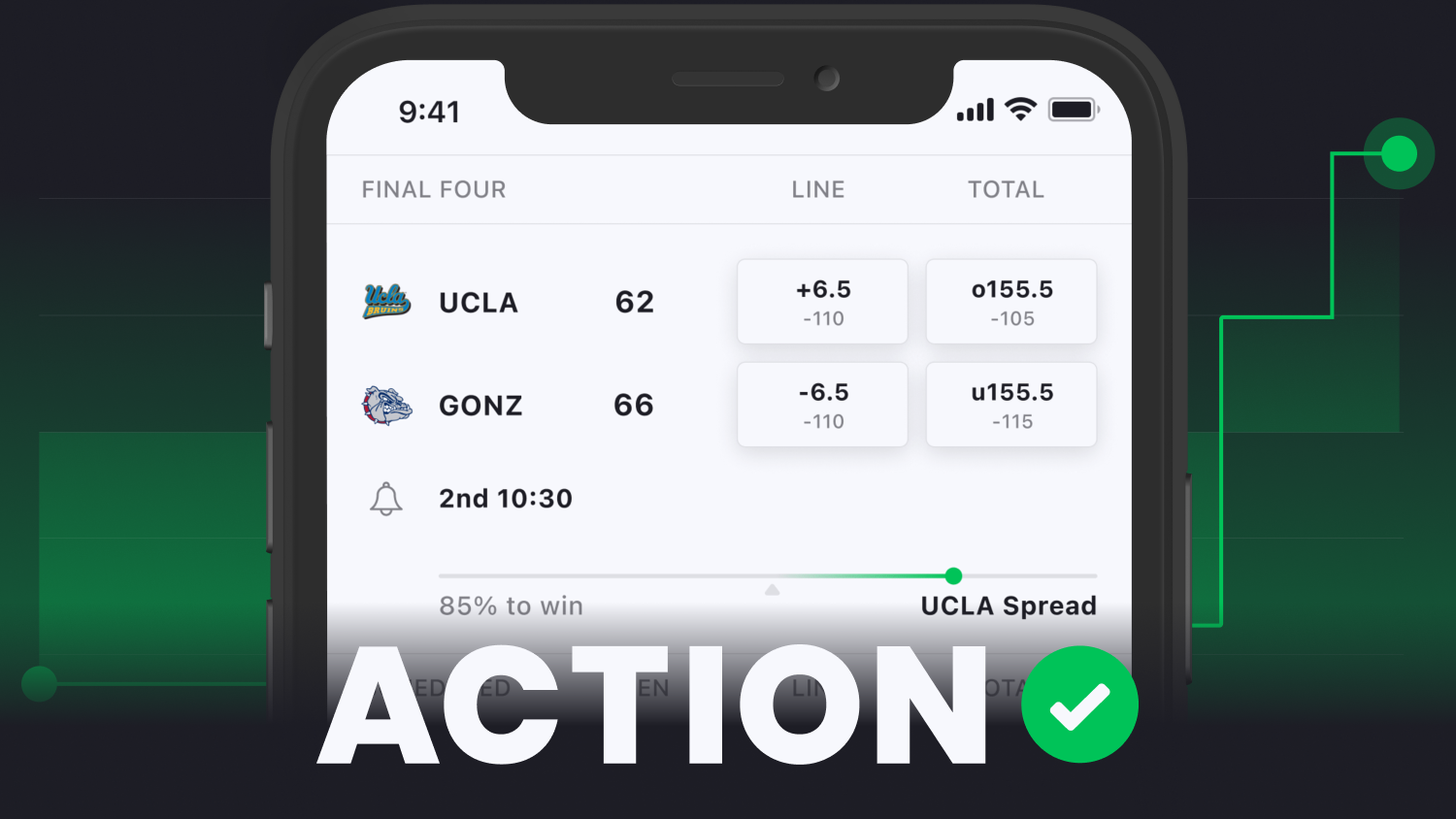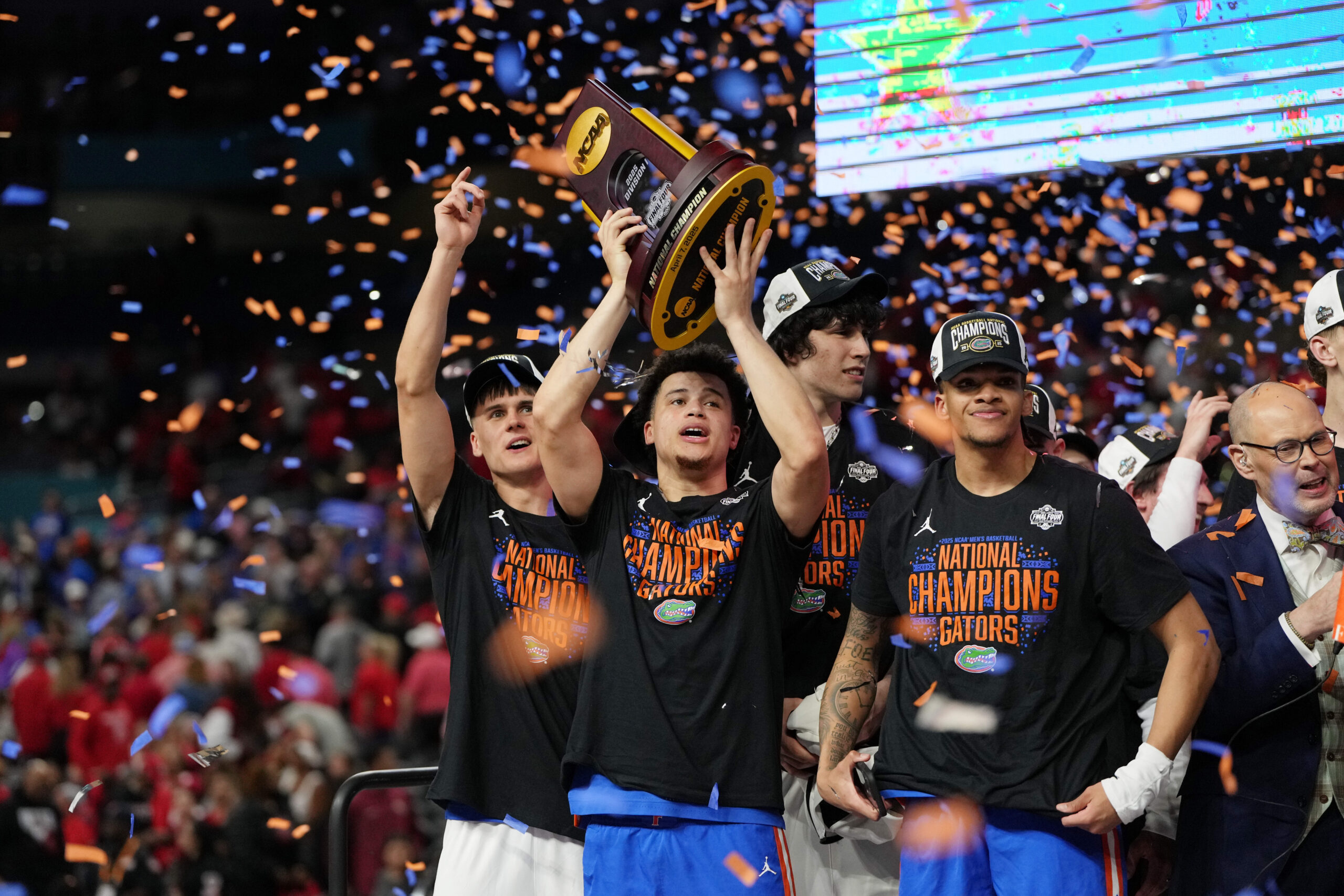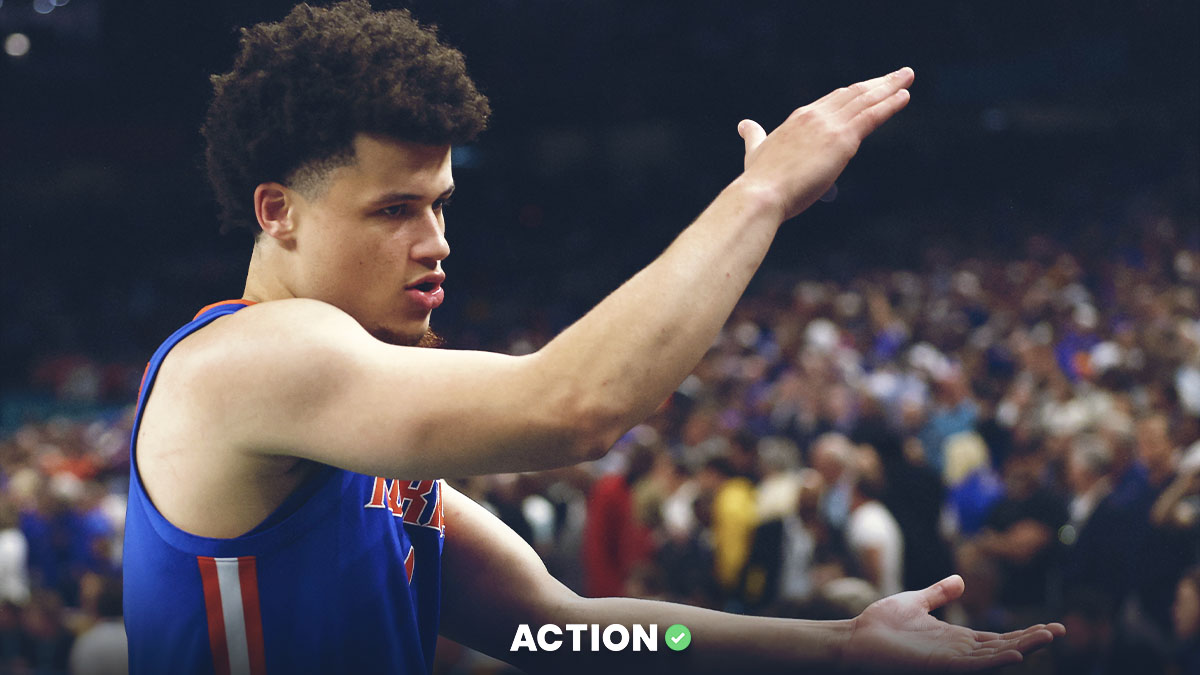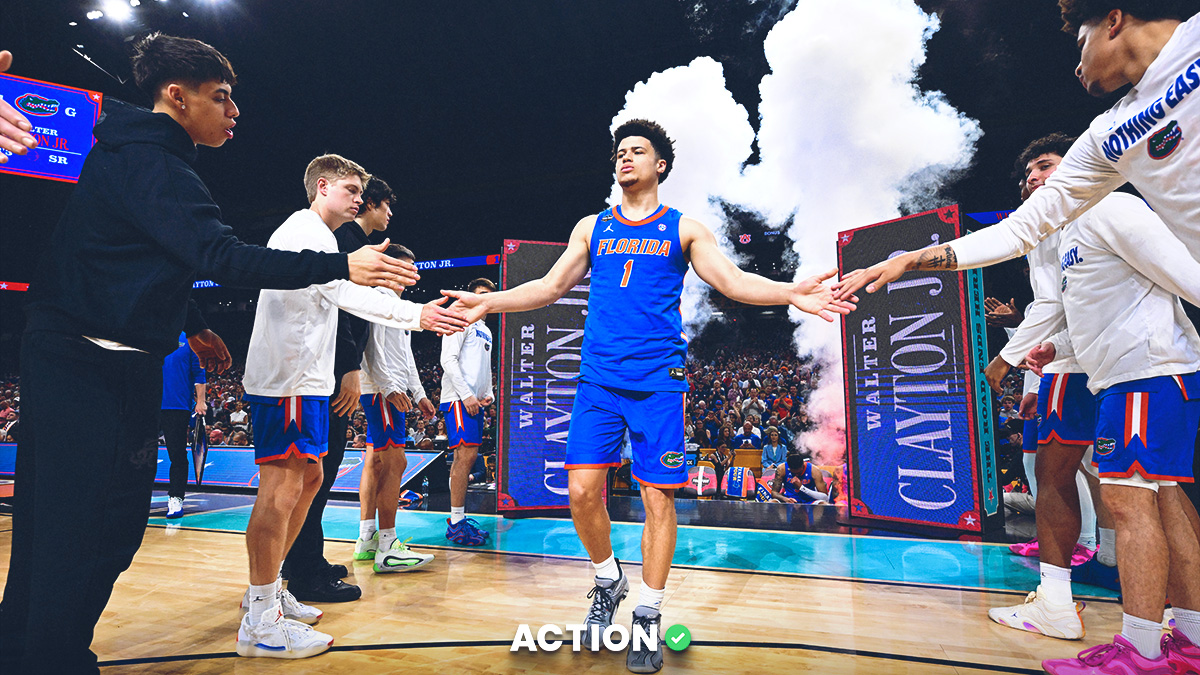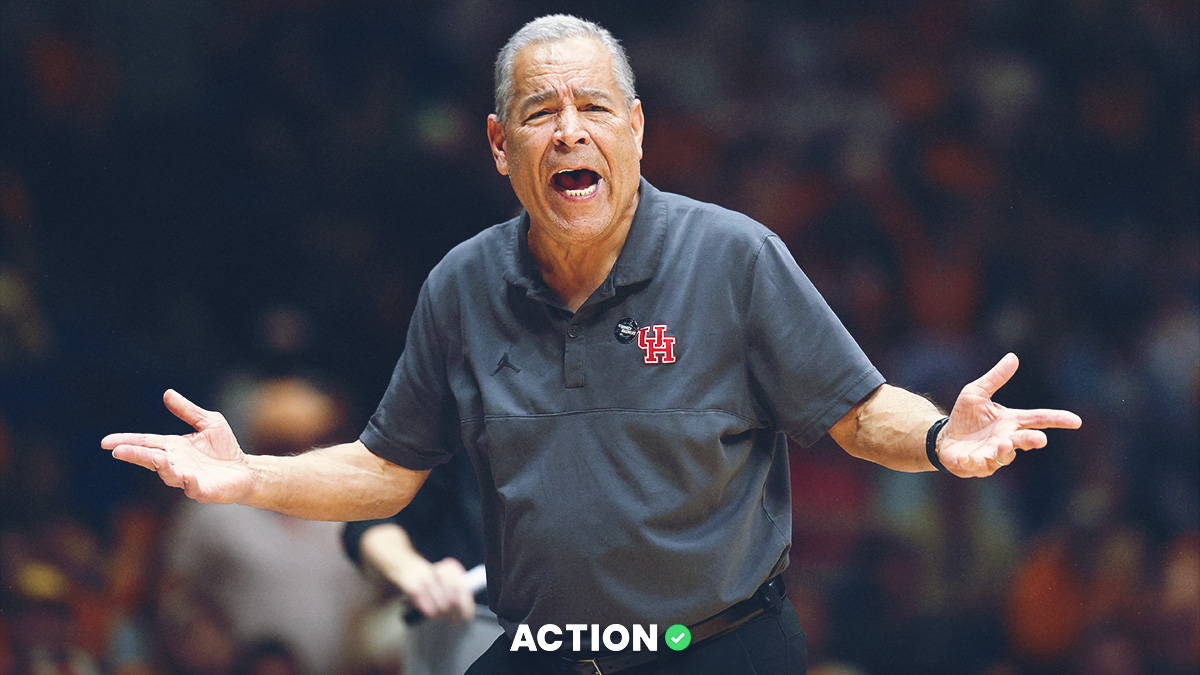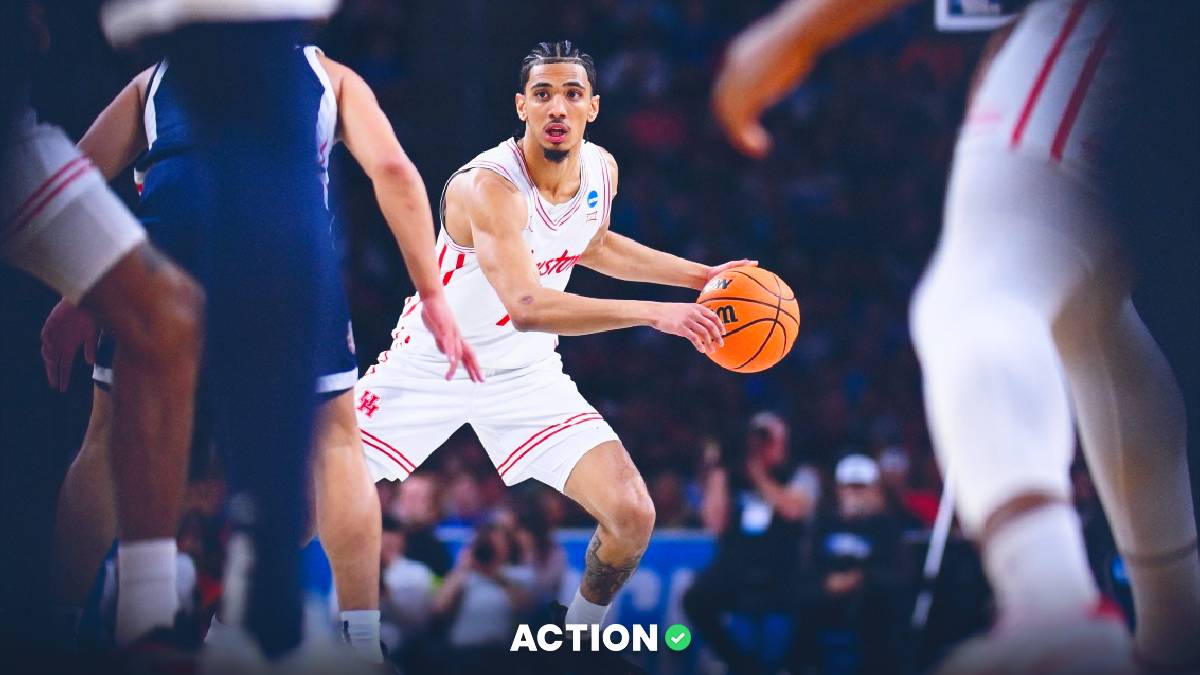During the Spring of 2019, I authored two recurring college basketball futures columns as a writer at Action Network. Those columns were titled, "College Basketball National Title Contenders" and "Final Four Dark Horse Candidates."
Since then, it has become tradition that I revisit those columns each college basketball season.
The goal of this article is to help you isolate the specific teams with viable paths to the Final Four and to explicitly exclude other teams from plausible contention.
My hope is that this discrimination of contenders vs. pretenders will help you build more viable (and more financially lucrative) futures portfolios in preparation for NCAA tournament play.
What Qualifies a Team as a "National Championship Contender?"
For a thorough explanation of my full methods, refer to my original National Title Contenders and Final Four Dark Horses articles from the 2018-19 season.
But, as a concise summary, teams qualify as National Championship Contenders by achieving three metrical thresholds, each sourced from Ken Pomeroy and adjusted each offseason based on previous postseason results.
- Adjusted Offensive Efficiency (AdjO) of 114.0 or higher.
- Adjusted Defensive Efficiency (AdjD) of 96.2 or lower.
- Adjusted Efficiency Margin (AdjEM) of 23.81 or higher.
Adjusted Offensive Efficiency (AdjO): Points scored per 100 possessions, adjusted for opponents
Adjusted Defensive Efficiency (AdjD): Points allowed per 100 possessions, adjusted for opponents
Adjusted Efficiency Margin (AdjEM): The difference between a team's offensive and defensive efficiency
These thresholds correspond precisely with statistically significant and discriminating z-scores among our sample population of teams since the 2001-02 season.
Furthermore — and this point is very important — there is no statistically significant improvement in a team's odds to win the national championship beyond these prescribed threshold values.
However, it is imperative that a team meets all three of these metrical thresholds in order for the preceding statement to hold true. Independently, each metric still reports statistically significant improvement in a team's title odds up to approximately z=+2.00.
National Championship Contenders from Previous Seasons
During the 2018-19 college basketball season — when this perennial column originally debuted — 10 teams qualified as National Championship Contenders by the end of the regular season: Virginia, Gonzaga, Duke, Michigan State, North Carolina, Michigan, Tennessee, Kentucky, Purdue and Virginia Tech.
During the 2020-21 season, the list of National Championship Contenders was notably shorter. Only six teams made the cut that year: Gonzaga, Illinois, Michigan, Baylor, Iowa and Houston.
In 2021-22, 10 teams made the cut, including: Gonzaga, Arizona, Kentucky, Baylor, Houston, Duke, Auburn, UCLA, Kansas and Villanova.
Finally, last season the list narrowed again to only six contenders entering postseason play: Houston, UCLA, Alabama, UConn, Texas and Purdue.
Altogether, that gives us a sample of 32 total teams distinguished as National Championship Contenders during the past four NCAA tournaments. Here's how those 32 teams have collectively performed:
- 30 teams advanced to the Round of 32.
- 26 teams advanced to the Sweet 16.
- 16 teams advanced to the Elite 8.
- 10 teams booked a trip to the Final Four.
Among the teams that qualified as National Championship Contenders in each season, all four groups included the eventual national champion ('19 Virginia, '21 Baylor, '22 Kansas and '23 UConn).
Moreover, nine of the 32 teams exited their respective tournaments by losing to other end-of-season National Championship Contenders.
2023-24 National Championship Contenders
After cross-referencing 2023-24 teams with an AdjEM of 23.81 or higher, AdjO of 114.0 or higher and AdjD of 96.2 or lower, six teams qualify as National Championship Contenders as of writing (Thursday, Dec. 21):
| Team | AdjEM | AdjO | AdjD |
|---|---|---|---|
| 31.561 | 117.316 | 85.81 | |
| 30.402 | 119.46 | 89.02 | |
| 29.893 | 122.92 | 93.012 | |
| 26.254 | 120.83 | 94.519 | |
| 25.185 | 117.514 | 92.39 | |
| 23.936 | 114.930 | 91.04 |
2023-24 Final Four Dark Horse Contenders
Once teams make it to the Final Four, AdjO and AdjD lose much of their statistical strength as factors that discriminate champions from non-champions.
Instead, at this advanced stage of the tournament, the sole metric that still reports a significant Pearson's coefficient is AdjEM. Therefore, if you're trying to identify a national champion, you should prioritize AdjEM as the most distinguishing factor.
However, if instead you're trying to identify sneaky Final Four teams that might bust others' brackets, then the combination of AdjO and AdjD remains an effective tool to identify these relative long shots.
By excluding AdjEM as a required threshold, our resultant qualifying sample of teams includes significantly more Final Four teams.
Nevertheless, this wider net also catches far more teams that make early tournament exits. Thus, it is necessarily a higher-risk / higher-reward strategy to intentionally target these Final Four Dark Horse teams.
Through the bulk of non-conference play this season, eight additional teams qualify as Final Four Dark Horse candidates based on our prescribed methods:
| Team | AdjO | AdjD |
|---|---|---|
| 117.612 | 94.117 | |
| 118.97 | 95.630 | |
| 115.029 | 93.113 | |
| 116.122 | 94.218 | |
| 116.517 | 95.022 | |
| 116.123 | 95.125 | |
| 115.325 | 95.931 | |
| 115.227 | 95.932 |
Notable Teams That Do Not Qualify as National Championship Contenders Nor Final Four Dark Horses
In addition to highlighting the set of teams that can win a championship — or at least make the Final Four — it is also valuable to identify the specific teams that do not make the cut.
These are teams that may make the Sweet 16, and may disrupt brackets in the process, but shouldn't be trusted to make it all the way to the Final Four.
| Team | AdjEM | AdjO | AdjD |
|---|---|---|---|
| 22.0011 | 118.510 | 96.540 | |
| 21.9313 | 118.68 | 96.741 | |
| 21.9114 | 113.338 | 91.46 | |
| 21.3818 | 120.74 | 99.371 | |
| 20.5920 | 112.846 | 92.28 | |
| 20.3821 | 117.515 | 97.146 |
The new ESPN Sportsbook is now online and you can use Action’s ESPN BET promo code TANBONUS for a new user welcome.



